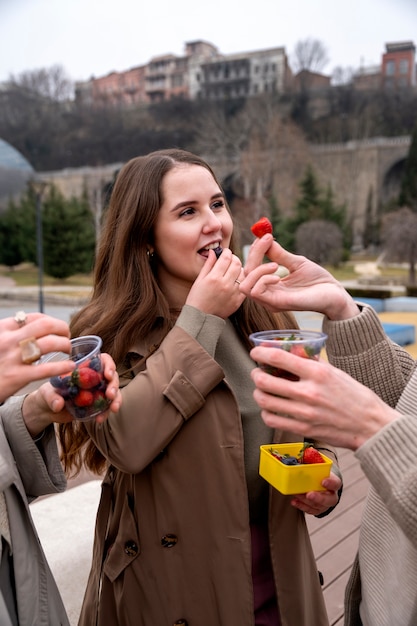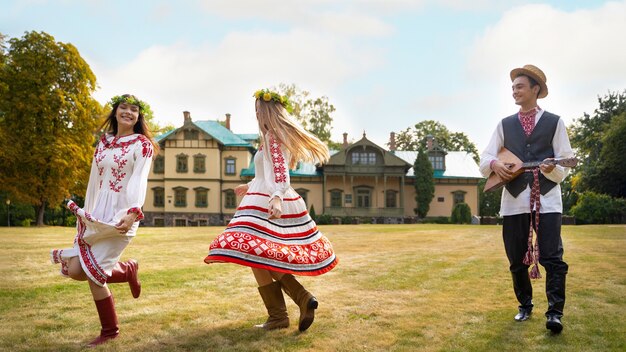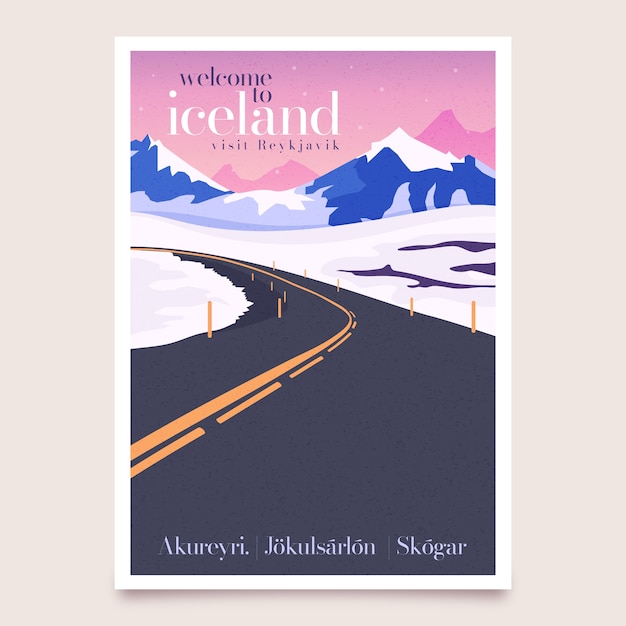
Graz is a city that effortlessly charms its visitors. Known as Austria’s second city, it exudes a Mediterranean-like joy of life, with bustling café terraces and people enjoying the sunny summer days.
During our weekend getaway, we indulged in the local specialties that have earned Graz the title of “Capital of Delights.” We explored Renaissance courtyards and marveled at the blend of modern design and medieval red-tiled rooftops.
If you’re planning a weekend in Graz, here’s a guide to help you make the most of your visit.
**Friday Afternoon: Getting Acquainted**
Start your exploration around the cathedral and the remnants of Graz Castle, the 15th-century imperial residence of Emperor Friedrich III. In the nearby grassy courtyard, you’ll find statues of notable Graz residents and the famous double spiral staircase, built around 1500 during Emperor Maximilian I’s reign. This staircase, often called the “staircase of reconciliation,” symbolizes the hope for an eternal dynasty.
**Exploring the Old Town**
Wander through the former palace courtyard, where you can spot the carved initials AEIOU, a symbol used by Emperor Friedrich III. Nearby, one of the two remaining city gates leads to the Burggarten, now a public park. Don’t miss the baroque cathedral and the Mausoleum of Ferdinand II, where you can climb to the top of the dome for a panoramic view of Graz.
**Sporgasse and Hauptplatz**
Stroll down Sporgasse, one of Graz’s oldest streets, lined with independent stores and the delightful Eis Greisler ice cream shop. This path leads to Hauptplatz, the heart of Graz, surrounded by pastel stucco buildings and the impressive 19th-century Rathaus (town hall).
**Hidden Courtyards and Local Cuisine**
Explore the hidden courtyards behind the imposing facades along Herengasse. These courtyards, once used to keep animals, are now open to the public, housing interesting shops and cafes. One notable courtyard is behind the Landhaus, the seat of the Styrian government, adorned with Italian-style Renaissance arcades.
**Dinner and Drinks**
For dinner, head to the pedestrianized streets around Glockenspielplatz, known as the “Bermuda Triangle” for its numerous cafes and restaurants. Enjoy an aperitif of chilled Styrian white wine or the local Schilcher rosé. We dined at Stainzerbauer, a cozy restaurant serving traditional Styrian dishes with a modern twist.
**Saturday Morning: Farmer’s Markets**
Start your Saturday at the Kaiser Josef Platz market, where stalls overflow with fresh, local produce. From colorful vegetables to locally smoked sausages and cheeses, the market is a feast for the senses. Graz boasts 800 farms within the city area, making fresh produce a way of life.
**Crossing the River Mur**
After the market, cross the River Mur via the Murinsel, a floating island designed by US artist Vito Acconci. This steel and glass structure features a café, open-air amphitheater, and design shop. On the opposite bank, explore Graz’s creative side with its small shops and community projects.
**Kunsthaus Graz**
Visit the Kunsthaus Graz, known locally as the “Friendly Alien.” This contemporary art museum, housed in a blue glass bubble, challenges traditional notions of art. The ground floor features a design shop and café, while the upper floors host exhibitions of contemporary and conceptual art.
**Dinner on the Left Bank**
For dinner, consider the Kunsthaus Café or Der Steirer, a wine bar and restaurant serving Styrian tapas. Alternatively, head to Salon Marie at Hotel Weisler for modern international cuisine, or Blendend in the creative quarter around Lendplatz for cocktails and casual dining.
**Sunday: Museums and Schlossberg**
Sundays in Graz are quieter, with most shops closed. It’s a perfect day to visit museums or take a tram to Schloss Eggenberg. We visited the Armoury Museum, a treasure trove of historical weaponry, and admired the view from the Armoury windows over the Landhaus courtyard.
**Climbing Schlossberg**
In the afternoon, climb to the top of Schlossberg for stunning views of the city. You can walk up Sporgasse or take the lift or funicular from Schlossbergplatz. At the top, enjoy lunch at Aiola Upstairs, with its outdoor terrace and fabulous views.
**Final Day: Souvenirs and Departure**
On Monday, we stocked up on foodie souvenirs before our flight. We visited the chocolate shop Linzbichler and the Royal court bakery Eddeger-Tax for local treats. Our final coffee stop was at the Freiblick café on the roof terrace of the Kastner & Ohler department store, offering panoramic views of Graz.
**Accommodation**
We stayed at the Hotel Zum Dom Palais Inzaghi, a charming hotel in the old quarter of Graz. Each room is individually designed, blending traditional elegance with modern comforts. The hotel is conveniently located within walking distance of all major attractions.
Graz is a city that captivates with its relaxed Mediterranean vibe, rich history, and culinary delights. Whether you’re exploring its hidden courtyards, enjoying local cuisine, or taking in the views from Schlossberg, Graz offers the perfect ingredients for a memorable weekend getaway.








